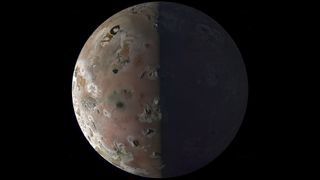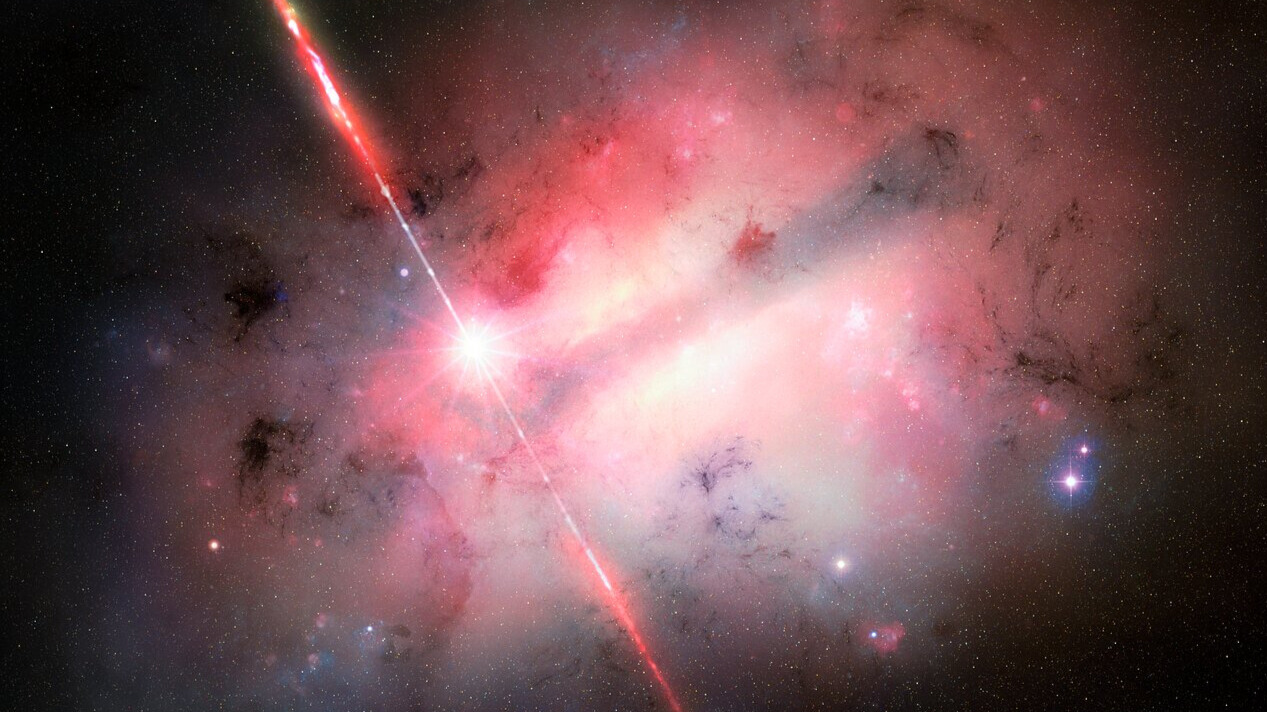
Jamie Carter
Jamie Carter is a freelance journalist and regular Live Science contributor based in Cardiff, U.K. He is the author of A Stargazing Program For Beginners and lectures on astronomy and the natural world. Jamie regularly writes for Space.com, TechRadar.com, Forbes Science, BBC Wildlife magazine and Scientific American, and many others. He edits WhenIsTheNextEclipse.com.
Latest articles by Jamie Carter
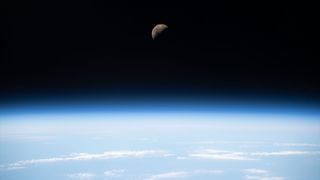
Space photo of the week: The moon begins its big eclipse orbit in stunning ISS photo
By Jamie Carter published
International Space Station astronauts orbiting 270 miles above Earth have photographed the moon on the cusp of 2024's first "eclipse season."
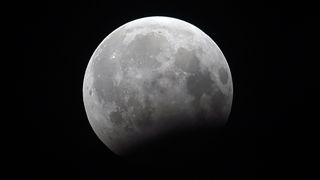
See the full 'Worm Moon' eclipsed by Earth's shadow this weekend, exactly 2 weeks before the April 8 total solar eclipse
By Jamie Carter published
The full "Worm Moon's" brightness will dim during a penumbral lunar eclipse on March 25, exactly two weeks before a total solar eclipse crosses North America.

Places with the best weather to watch the April 8 solar eclipse (and what happens if it's cloudy where you are)
By Jamie Carter published
The total solar eclipse on April 8 will offer an incredible view of the fully obscured sun — but some places along the path of totality may see cloudy weather. Here's how to plan for the best view possible.

How often do solar eclipses occur?
By Jamie Carter published
On April 8, a total solar eclipse will cross North America for the second time in less than seven years. That's not typical; here’s how often solar eclipses occur, and when the next total solar eclipse will be visible.
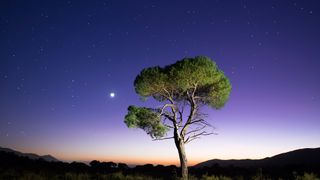
Spring equinox 2024: Why March 19 is one of the best stargazing nights of the year
By Jamie Carter published
The 2024 spring equinox is one of the best stargazing nights of the year, giving viewers the last, best glimpse of the bright stars of winter. Here's what to look for.

Space photo of the week: Can you spot the hidden robot on the slopes of Mars?
By Jamie Carter published
NASA's Mars Curiosity rover hides in plain sight in this aerial photo of the treacherous Martian landscape.
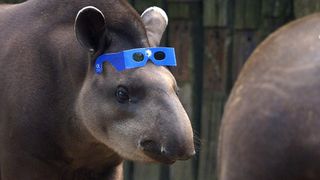
April 8 solar eclipse: 6 zoos on the path of totality — and why animals react strangely to 'nighttime during the day'
By Jamie Carter published
Total solar eclipses make animals behave in strange ways. To see for yourself, stop by one of these zoos located on the path of totality on April 8, 2024.
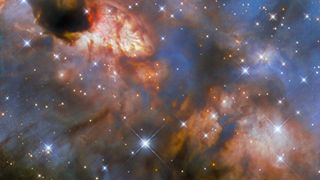
Space photo of the week: A young star sweeps up its cosmic neighborhood in vibrant new Hubble image
By Jamie Carter published
The Hubble Space Telescope's latest image is a riot of orange, blue and violet — and a lesson in how plucky young stars clear their dusty neighborhoods.
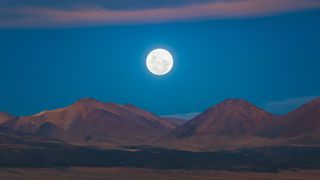
February's full 'Snow Moon' rises this weekend. Here's why it's one-of-a-kind.
By Jamie Carter last updated
February's 'Snow Moon', the second full moon of 2024, will be the farthest from Earth this year and will appear the smallest in the sky when it rises on Saturday (Feb. 24).
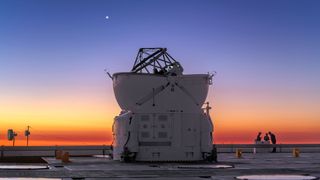
Conjunction! How to see Venus and Mars side by side in the sky tonight
By Jamie Carter published
On Feb. 22, Venus and Mars will look like a cosmic colon as they appear side by side in the predawn sky.

Space photo of the week: Astronomers make an 'artificial star' over Hawaii
By Jamie Carter published
Twinkling stars can throw off telescope observations. To correct that, observatories like the Gemini North telescope in Hawaii create 'artificial stars' with lasers to hone their equipment.
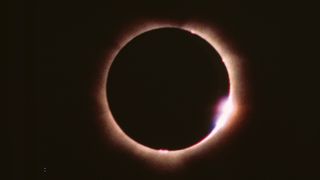
April 8 total solar eclipse: Why this eclipse repeats itself every 54 years
By Jamie Carter published
The total solar eclipse on April 8 is part of a repeating pattern of eclipses that last visited North America in 1970. Here’s why the same eclipse repeats every 54 years.
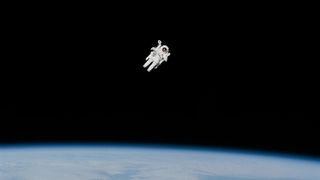
Space photo of the week: Bruce McCandless II floats untethered as the 1st 'human satellite' in history
By Jamie Carter published
Forty years ago this week, the first untethered spacewalk resulted in one of space exploration's most iconic images.
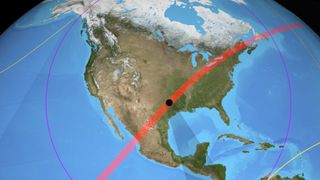
April 8 solar eclipse: What is the path of totality, and where's the best spot to watch?
By Jamie Carter published
On April 8, a total solar eclipse will be visible in 15 U.S. states that sit along the path of totality. But how does the path of totality work, and where's the best viewing spot? Here's everything you need to know.
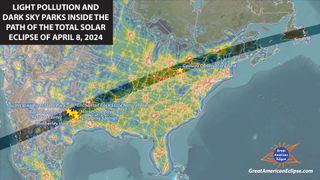
April 8 total solar eclipse: The best places to stargaze near the path of totality
By Jamie Carter published
The April 8 total solar eclipse will be visible from many large cities, but anyone looking for skies free of light pollution should check out one of these dark-sky parks and reserves in the path of totality.

Space photo of the week: Hubble catches a 'baseball galaxy' with a black hole heart
By Jamie Carter published
ESO 420-G013 is a face-on spiral galaxy with an almost perfectly round disk and an active black hole lighting up its starry guts.
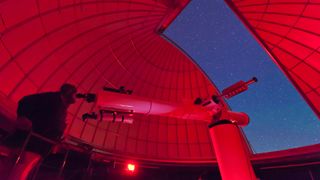
April 8 solar eclipse: 4 telescopes and observatories where you can watch totality
By Jamie Carter published
The April 8 total solar eclipse will be visible from several astronomical observatories across North America. Here are four that have big events planned for the day the sun disappears.
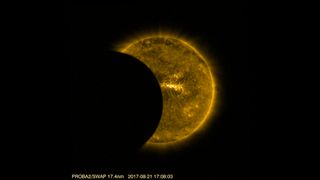
What's the longest solar eclipse in history? (And how does the April 2024 total eclipse compare?)
By Jamie Carter published
The exact same celestial geometry that will cause a total solar eclipse in North America on April 8 will produce the longest one ever, but not for another 162 years.

Space photo of the week: Ancient 'labyrinth of night' on Mars, one of the biggest mazes in the solar system
By Jamie Carter published
Take a trip through the maze-like valleys and canyons of a unique place in the solar system: Mars' 'labyrinth of night.'
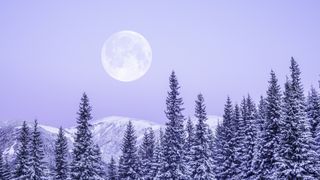
January's full 'Wolf Moon' rises Thursday. Here's how to see it at its best.
By Jamie Carter published
The first full moon of 2024, sometimes nicknamed the Wolf Moon, will rise into winter skies this week, appearing bright and full from Wednesday to Friday.
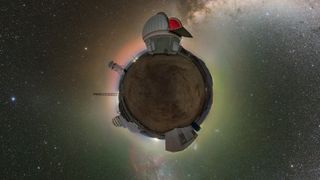
Space photo of the week: Observatory, or alien planet? Boggle your mind with this 360-degree image
By Jamie Carter published
The Vera C. Rubin Observatory, which could change astronomy forever when it comes online this August, looks like a planet all its own in this surreal new photo.
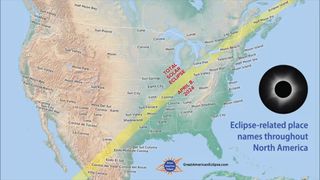
These eclipse-themed places will experience totality on April 8, 2024
By Jamie Carter published
Experience the April 8 total solar eclipse from Eclipse Island, Corona, Moon Island, or one of these other eclipse-themed locations.

Space photo of the week: Hubble spies a dwarf galaxy
By Jamie Carter published
The irregular dwarf galaxy UGC 8091 is likely a building block of ‘grand design’ galaxies like our Milky Way.
Get the world’s most fascinating discoveries delivered straight to your inbox.
